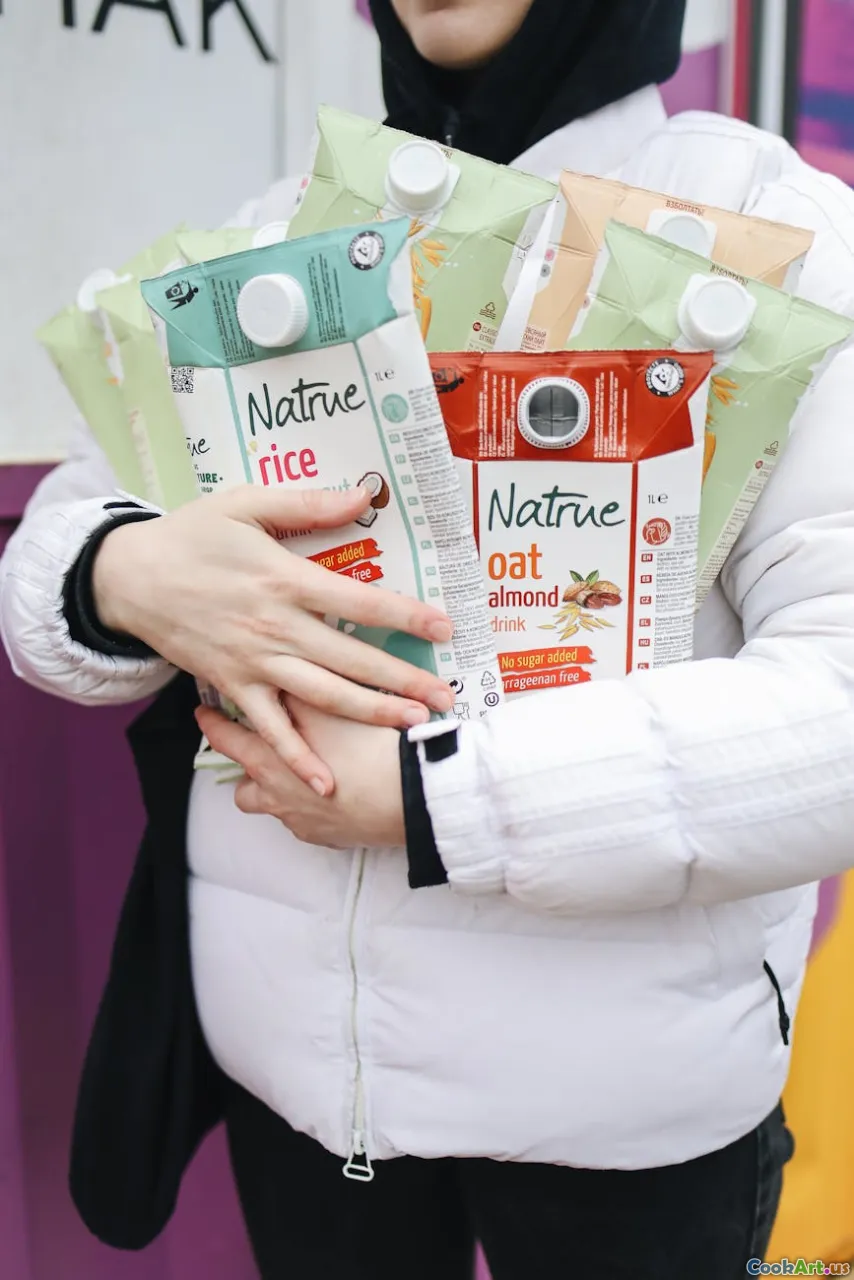Consumer Preferences for Green Packaging
5 min read Explore how consumer preferences for green packaging are shaping the food industry towards sustainability and eco-friendliness. April 11, 2025 05:00
Consumer Preferences for Green Packaging
In recent years, the conversation around sustainability has intensified, especially in the food industry. As consumers become more environmentally conscious, their preferences are shifting towards greener practices, particularly in packaging. This article delves into the trends and implications of consumer preferences for green packaging in the food sector.
The Rise of Green Packaging
Green packaging refers to the use of materials and practices that are environmentally friendly. This includes biodegradable materials, recyclable packaging, and reduced use of plastics. According to recent studies, over 70% of consumers express a preference for products with sustainable packaging. This shift is not just a trend; it indicates a fundamental change in consumer behavior.
Why Green Packaging Matters
- Environmental Impact: Traditional packaging, especially plastics, contributes significantly to pollution. Green packaging reduces waste and minimizes carbon footprints, appealing to consumers who are increasingly aware of their environmental impact.
- Health Considerations: Consumers are also concerned about the potential health risks associated with certain packaging materials. Many avoid products packaged in materials that may leach harmful chemicals, opting instead for safer, eco-friendly alternatives.
- Brand Loyalty: Brands that adopt sustainable practices not only attract environmentally conscious consumers but also foster brand loyalty. A commitment to sustainability can differentiate a brand in a crowded market.
Trends in Green Packaging
1. Biodegradable Materials
Biodegradable materials, such as plant-based plastics and compostable containers, are gaining traction. Companies are innovating to create packaging that decomposes naturally, reducing landfill waste.
2. Minimalist Packaging
The minimalist approach reduces the amount of material used in packaging. Brands are opting for simpler designs that require less ink and fewer resources, aligning with consumer preferences for simplicity and sustainability.
3. Reusable Options
More brands are introducing reusable packaging solutions, such as glass jars or refillable containers. This not only reduces waste but also encourages consumers to return for refills, promoting a circular economy.
Consumer Insights
Research shows that younger consumers, particularly Millennials and Gen Z, are driving the demand for green packaging. They prioritize brands that align with their values of sustainability and social responsibility. Interestingly, these consumers are often willing to pay a premium for sustainably packaged products, indicating that environmental consciousness can translate into purchasing power.
The Role of Transparency
Transparency is crucial in this new landscape. Consumers want to know where their food comes from and how it is packaged. Brands that provide clear information about their sustainability practices tend to build trust and loyalty among their customer base.
Challenges Ahead
While the shift towards green packaging is promising, it is not without challenges. The cost of sustainable materials can be higher than traditional packaging, and supply chain issues can complicate the transition for many companies. Additionally, the infrastructure for recycling and composting varies widely, affecting the effectiveness of green packaging initiatives.
Conclusion
As consumer preferences continue to evolve, the food industry must adapt to meet the demand for green packaging. By embracing sustainable practices, brands can not only enhance their market appeal but also contribute to a healthier planet. The future of food packaging is green, and those who lead the way in innovation and sustainability will thrive in this new culinary landscape.
In summary, the growing preference for green packaging reflects a significant shift in consumer values towards sustainability and health. By understanding these trends, businesses can align their practices with consumer expectations, fostering a more sustainable future for the food industry.









